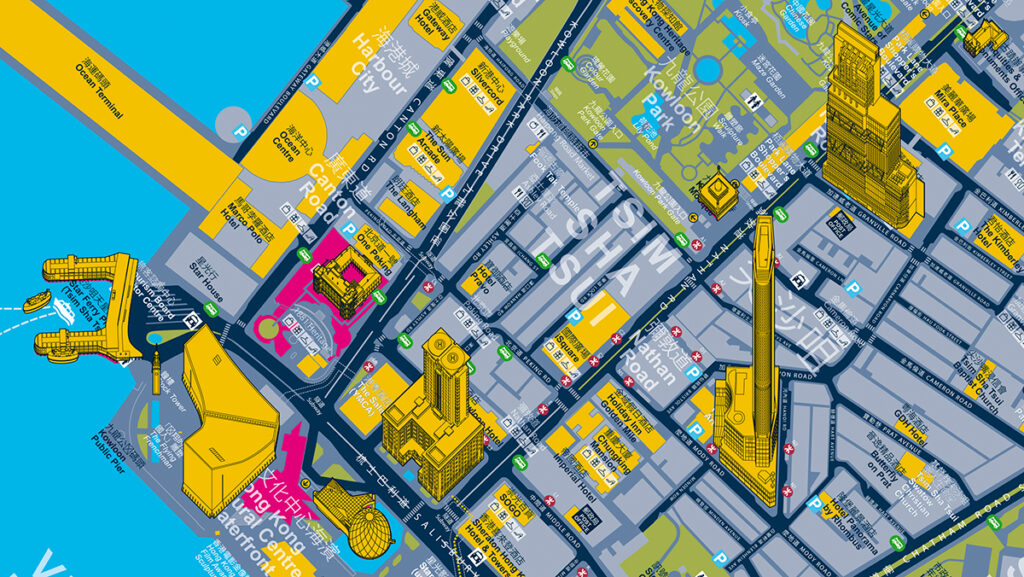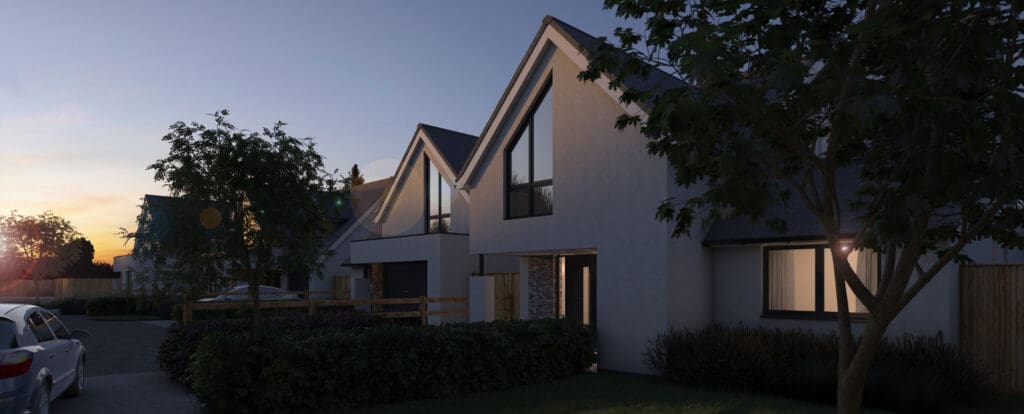In this article, we delve into the specifics of wayfinding, exploring its meaning, principles, importance, benefits, and real-world examples.
What is wayfinding?
Wayfinding is all about helping people navigate through physical spaces. It involves the strategic placement of navigational signage, clear pathways, and intuitive design elements to assist people in understanding and navigating complex environments. Essentially, wayfinding design aims to facilitate easy orientation, reduce confusion, and enhance user experience within built spaces.
How does wayfinding work?
At its core, wayfinding operates on principles of visual communication, cognitive psychology, and spatial awareness. It uses various techniques like signage, landmarks, colour coding, and spatial organisation to convey information effectively and in an easy-to-digest manner. By understanding human behaviour and perception, designers can craft intuitive wayfinding systems that cater to diverse user needs and preferences.
Visual communication
One of the most fundamental aspects of wayfinding, signage communicates crucial information such as directions, locations, and points of interest. Signage can take various forms, including directional signs, informational panels, and symbols/icons.
Visual graphics and symbols also play a crucial role in conveying information quickly and intuitively. For example, arrows indicate direction, while icons represent specific amenities or facilities.
Cognitive psychology
Wayfinding design considers human perception and spatial cognition to create layouts that are easy to understand and navigate. Designers take into account factors such as line of sight, landmarks, and mental mapping to help users orient themselves within a space.
Colour also plays a significant role in wayfinding, with distinct colours often used to differentiate between routes, zones, or levels within a space. Colour coding enhances visual clarity and helps users identify key elements at a glance.
Spatial organisation
Well-defined pathways and circulation routes guide users through spaces, minimising confusion and ensuring efficient movement. Pathways may be delineated using physical barriers, flooring materials, or changes in elevation.
Complex environments often consist of distinct zones or areas with specific functions. Wayfinding design organises these zones logically, making it easier for users to navigate between them without getting disoriented.
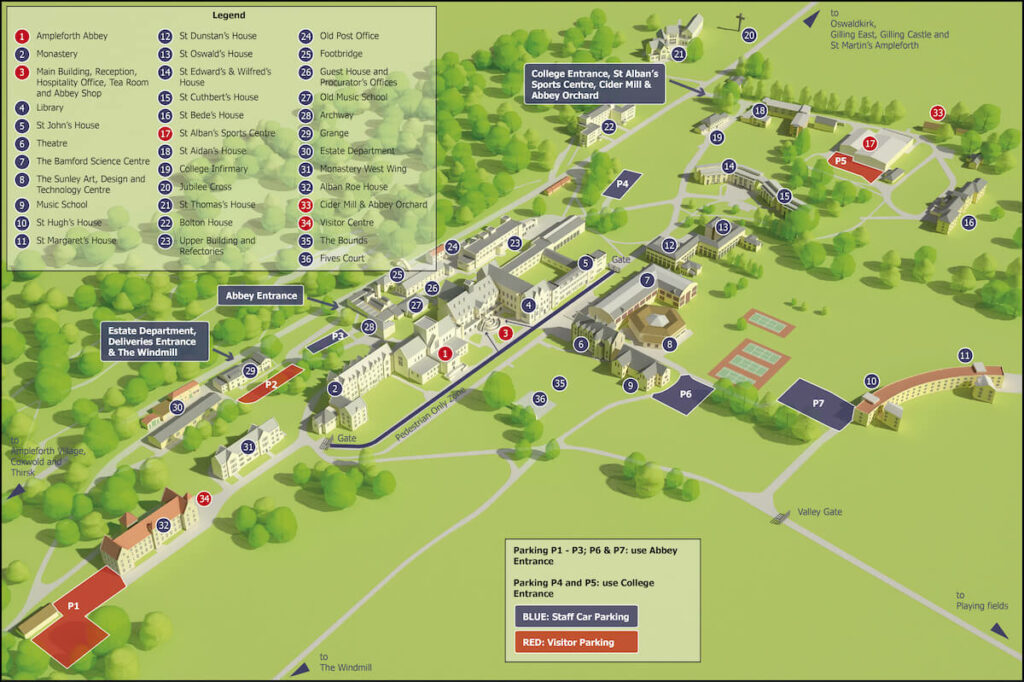
Technology integration
With advancements in technology, digital mapping tools have become increasingly prevalent in wayfinding design. Interactive maps and navigation apps provide real-time guidance, allowing users to plan routes and access location-based information from their smartphones or other devices.
AR technology overlays digital information onto the physical environment, offering users enhanced navigation cues and contextual information. AR wayfinding applications can display directional arrows, points of interest, and other helpful data directly within the user’s field of view.
Accessibility considerations
Effective wayfinding design prioritises accessibility and universal design, ensuring that navigation systems are usable by individuals of all abilities. This may involve incorporating features such as tactile signage, audible cues, and clear pathways that accommodate mobility aids.
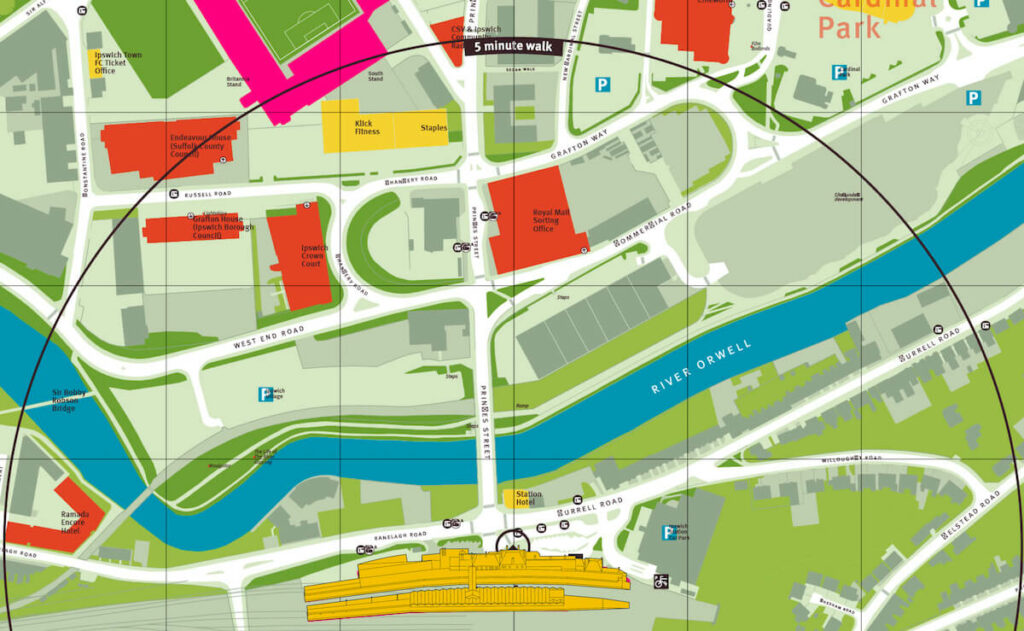
Principles of wayfinding
Effective wayfinding design is guided by several principles. Wayfinding works by integrating these various elements and principles to create intuitive navigation systems that empower users to navigate spaces confidently and efficiently.
- Clarity: Information should be presented clearly and concisely to avoid confusion.
- Consistency: Design elements should follow a consistent visual language throughout the environment.
- Hierarchy: Important information should be prioritised and easily distinguishable.
- Accessibility: Wayfinding systems should be accessible to all individuals, including those with disabilities.
- Flexibility: Designs should adapt to changing needs and circumstances.
Why is wayfinding important?
Wayfinding holds immense significance for both users and designers alike. It addresses fundamental human needs for orientation, safety, and efficiency within built environments.
By facilitating navigation, enhancing user experience, promoting safety and security, increasing efficiency, reducing costs, fostering inclusivity, strengthening brand identity, and supporting urban planning and design, effective wayfinding design contributes to the overall functionality, accessibility, and attractiveness of spaces for all users. Let’s explore the benefits of wayfinding further.
Benefits of wayfinding
Facilitates navigation: One of the primary reasons for wayfinding is its role in facilitating navigation. In complex environments such as airports, hospitals, or shopping malls, clear signage and intuitive layouts help individuals find their way efficiently, reducing confusion and frustration.
Better user experience: Effective wayfinding design contributes to a positive user experience by minimising stress and enhancing convenience. Users feel more confident and comfortable when they can easily navigate through spaces, leading to increased satisfaction and loyalty.
Promotes safety and security: Wayfinding plays a critical role in promoting safety and security within built environments. Clear signage indicating emergency exits, evacuation routes, and safety procedures helps users navigate during emergencies, reducing risks and facilitating timely responses.
Increases efficiency: Well-designed wayfinding systems improve operational efficiency by optimising movement within spaces. Clear signage and intuitive pathways reduce the time and effort required for navigation, leading to smoother workflows and improved productivity.
Fosters inclusivity: Wayfinding design promotes inclusivity by ensuring that spaces are accessible to individuals with diverse needs and abilities. Clear signage, tactile indicators, and audible cues enable everyone, including those with disabilities, to navigate environments independently, fostering a sense of belonging and equal access.
Strengthens brand identity: Wayfinding offers an opportunity for businesses to reinforce their brand identity and values. Consistent use of colours, typography, and visual elements in signage and wayfinding systems helps strengthen brand recognition and loyalty among users and visitors.
Supports urban planning and design: In urban contexts, effective wayfinding contributes to the overall functionality and attractiveness of cities and communities. Well-designed signage and navigation systems help residents and visitors navigate public spaces, enhancing the overall livability and desirability of urban environments.
Examples of wayfinding
Wayfinding design encompasses a diverse range of applications across various built environments, each tailored to meet specific user needs and spatial challenges. Below are several real-world examples of effective wayfinding design:
- Airports: From check-in counters to departure gates, airports employ comprehensive wayfinding systems to guide travellers through terminals efficiently.
- Hospitals: In complex healthcare facilities, clear signage and colour-coded pathways help patients, visitors, and staff navigate through corridors, wards, and treatment areas.
- Shopping Centres: Retail environments utilise wayfinding design to enhance the shopping experience, directing customers to stores, amenities, and parking areas.
- Universities: Large university campuses implement wayfinding solutions to assist students and faculty in locating academic buildings, lecture halls, and campus facilities.
- Cities and parks: Maps can be found on signs, kiosks, or online. They can provide a general overview of an area, as well as detailed information about streets, buildings, and points of interest.
- Entertainment centres: Digital wayfinding systems use technology to help people navigate an environment. This can include interactive maps, GPS navigation systems, and augmented reality apps.
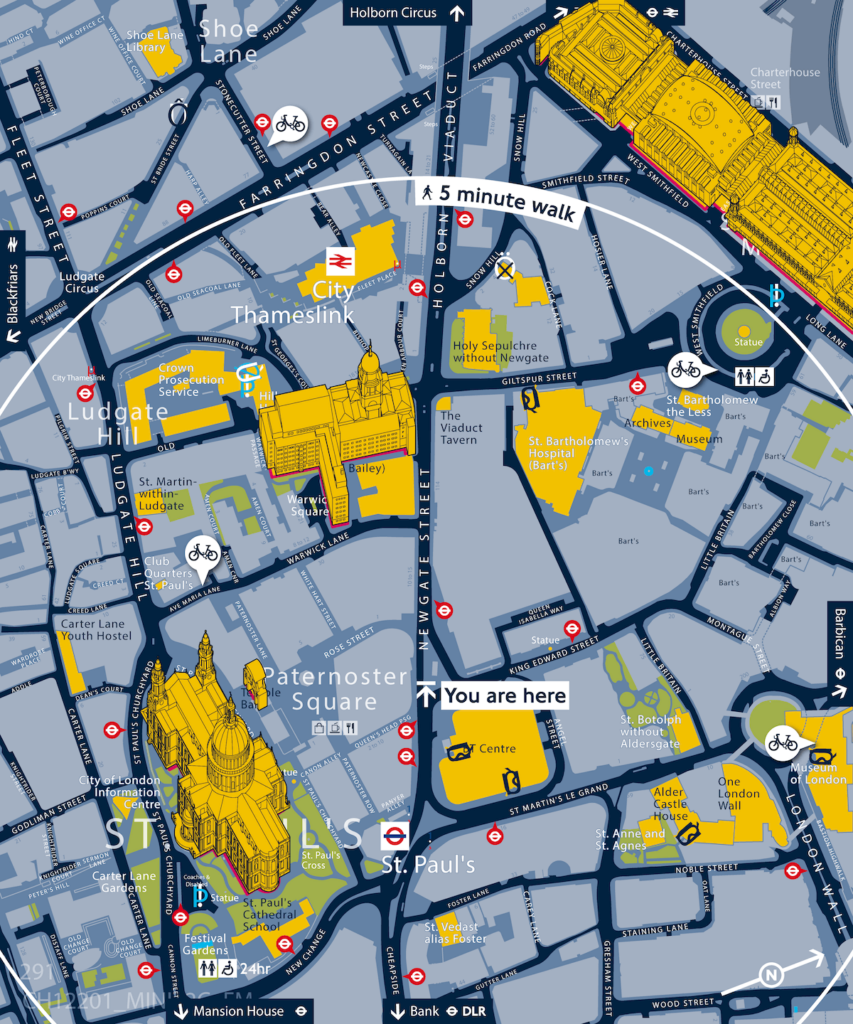
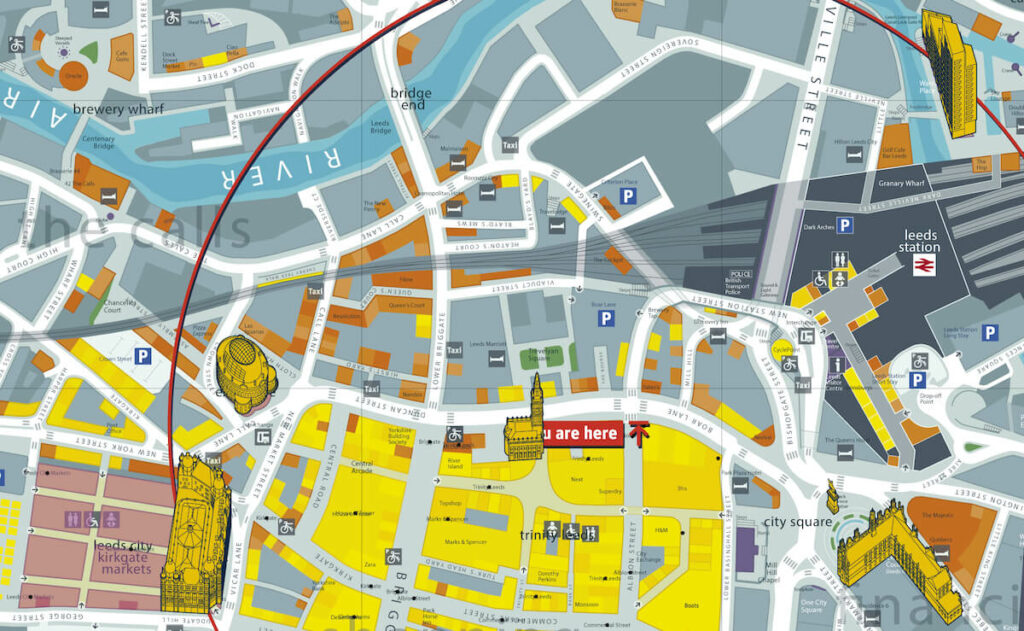
Wayfinding design plays a vital role in shaping the user experience within built environments. By incorporating principles of clarity, consistency, and accessibility, designers can create intuitive navigation systems that enhance efficiency, safety, and satisfaction. As technology continues to evolve, the future of wayfinding holds exciting possibilities, with innovations such as digital mapping and augmented reality poised to revolutionise the way we navigate spaces.
Explore our wayfinding services to see how we can help bring your design concepts to life. Contact us today to learn more!
